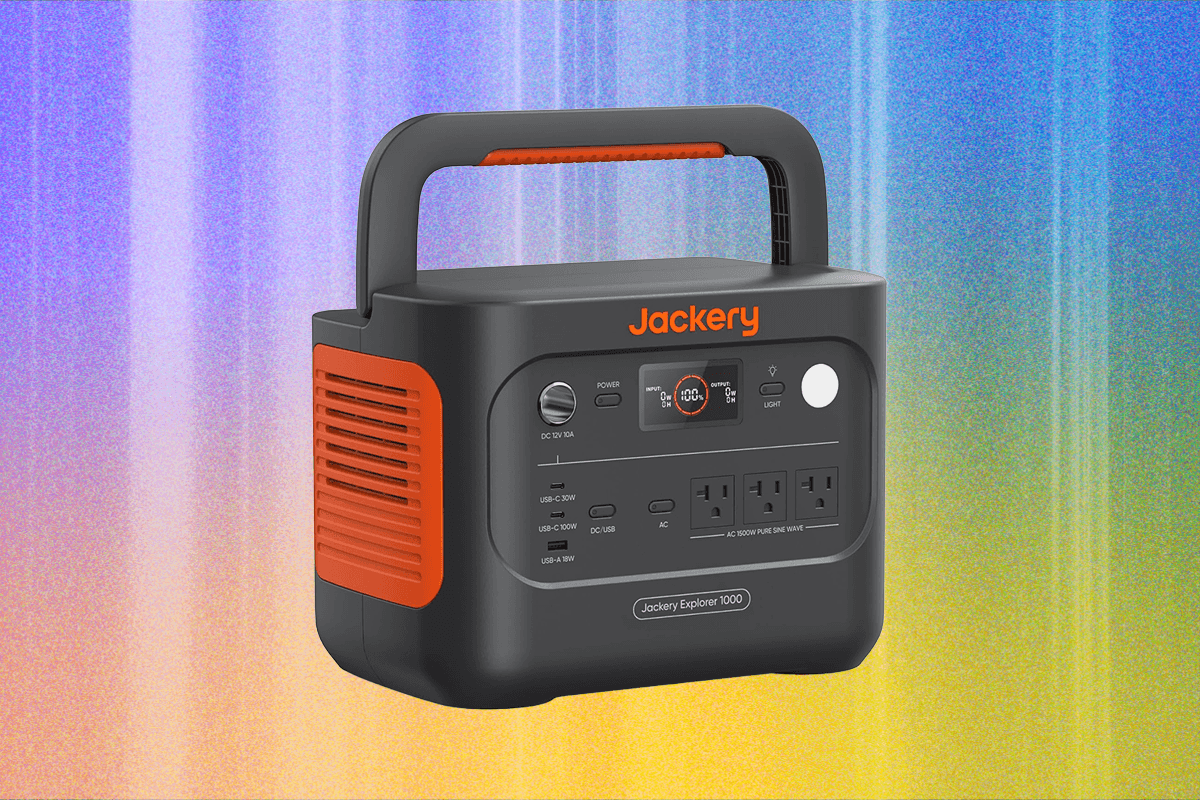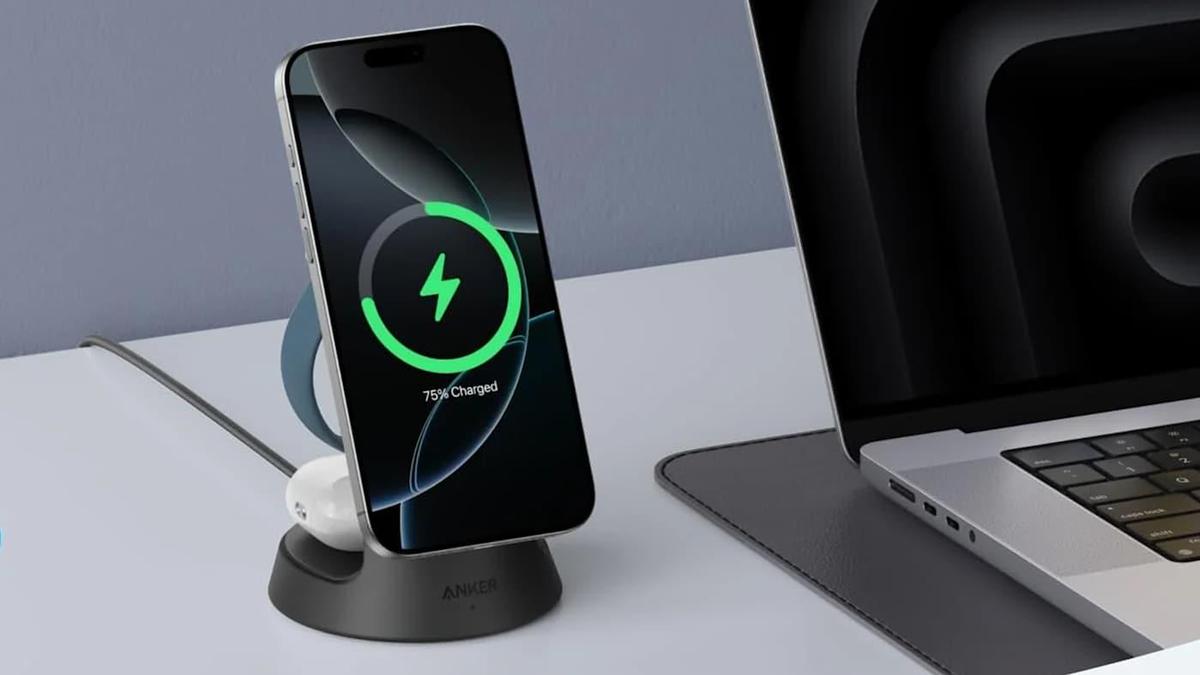Best VR Headsets in 2025: Immersive Worlds Await!
Step into the Future: The Best VR Headsets for 2025
Virtual Reality (VR) is no longer a futuristic fantasy; it’s a tangible reality offering immersive experiences in gaming, entertainment, and even the workplace. Choosing the right VR headset can be daunting, but fear not! This guide will help you navigate the landscape and find the perfect fit for your needs in 2025.
Latest VR models boast high-resolution displays, wider fields of view (FOV), and ergonomically designed head straps for comfortable extended use. Many also support Bluetooth for easy connection to controllers and earbuds. VR has matured, and headsets now balance performance with portability, providing an enhanced sense of presence in virtual environments.
What to Look for in a VR Headset
When choosing a VR headset, consider these key factors:
- Ergonomics: How comfortable is the headset during long sessions? Look for balanced designs and supportive head straps.
- Immersion: High-resolution screens and fast refresh rates (like 120Hz) are crucial for sharp, smooth visuals. A wide FOV enhances the sense of presence.
- Controls: Controllers should fit naturally in your hands and offer accurate tracking.
- PC Requirements: If you plan to use the headset for PC VR gaming, check the minimum CPU and graphics card requirements.
- Tracking: Head tracking is a feature that allows you to explore your environment by moving your head.
How We Test VR Headsets
At Engadget, we evaluate VR headsets based on ergonomics, immersion, and controls. Here’s a quick breakdown:
- Ergonomics: We test how long we can wear a headset before discomfort sets in. The most ergonomic devices, like the Meta Quest 3, allow for hours of comfortable use.
- Immersion: We assess screen resolution, refresh rates, and field of view. We also play popular VR games like Superhot, Beat Saber, and Pistol Whip to gauge the overall gaming experience.
- Controllers: We evaluate the comfort, durability, and tracking accuracy of the controllers.
Top VR Headset Recommendations for 2025
While a comprehensive list would be extensive, here are a few standout VR headsets in 2025:
-
Meta Quest 3: The successor to the popular Quest 2, offering improved comfort, higher-quality screens, and full-color mixed reality cameras. It’s powered by Qualcomm’s Snapdragon XR2 Gen 2 chip, providing double the graphics power of the Quest 2.
- Pros: Sharp screens, faster performance, mixed reality capabilities, adjustable for glasses.
- Cons: More expensive, limited starting storage, no battery life improvements.
-
Apple Vision Pro: A high-end VR/AR headset with incredible Micro-OLED screens, intuitive gesture controls, and convincing Spatial Audio. However, it’s incredibly expensive and can be buggy.
- Pros: Incredible Micro-OLED screens, intuitive gesture controls, convincing Spatial Audio
- Cons: Incredibly expensive, buggy software, heavy design, short battery life
-
Meta Quest 3S: A remarkable entry-level VR headset that shares the same Qualcomm Snapdragon XR2 Gen 2 chip as the Quest 3. It also features Meta’s excellent Touch Plus controllers.
- Pros: Affordable, solid performance, excellent controllers
- Cons: Lower screen resolution compared to Quest 3
- PlayStation VR2: Ideal for console gamers, offering a seamless VR experience on the PlayStation 5.
- Valve Index VR Kit: A top choice for PC VR gamers, known for its comfortable design and excellent audio.
- Bigscreen Beyond: Prioritizes VR quality above all else, delivering an exceptional visual experience.
Other VR Headsets to Consider
While the above are top picks, here are a few other headsets worth mentioning:
- HTC Vive Focus Vision: A premium standalone VR headset with solid PC VR capabilities. However, it’s running older hardware and can be expensive.
- Meta Quest Pro: An expensive option that might not be the best value for most users.
- HTC Vive Pro 2: A fantastic PC headset, but more expensive and less comfortable than the Valve Index.
VR Headset FAQs
How do VR headsets work?
VR headsets use high-quality screens held close to your face. Wired headsets rely on PCs or consoles for rendering, while wireless headsets like the Meta Quest 3 handle rendering internally. Sensors map your physical space, and motion-tracking controllers enhance immersion.
What VR headset is best for full-body tracking?
Steam VR-compatible PC headsets like the Valve Index and HTC Vive Pro 2 offer accurate body tracking using external sensors. HTC Vive Trackers can be added for even better coverage. While the Meta Quest 3 lacks easy body tracking solutions, Vive trackers can be added when plugged into a PC.
What VR headsets are better than Oculus?
Oculus is the previous name for Meta’s VR hardware. Meta currently supports the Quest 3, Quest 3S and Quest Pro, all of which are wireless headsets. PC VR headsets generally offer better quality virtual reality due to more powerful graphics hardware.
What VR headsets work with Xbox?
Currently, Microsoft’s Xbox consoles do not support any VR headsets.
Key Takeaways
- VR headsets offer immersive experiences for gaming, entertainment, and work.
- Consider ergonomics, immersion, and controls when choosing a headset.
- The Meta Quest 3 and Apple Vision Pro are leading the way in VR technology.
- PC VR headsets generally provide higher quality visuals than standalone options.
- Xbox consoles do not currently support VR headsets.
Actionable Tip: Before investing in a VR headset, try one out at a local electronics store or VR arcade to get a feel for what works best for you. This will help you make an informed decision and avoid buyer’s remorse.
Source: Engadget




